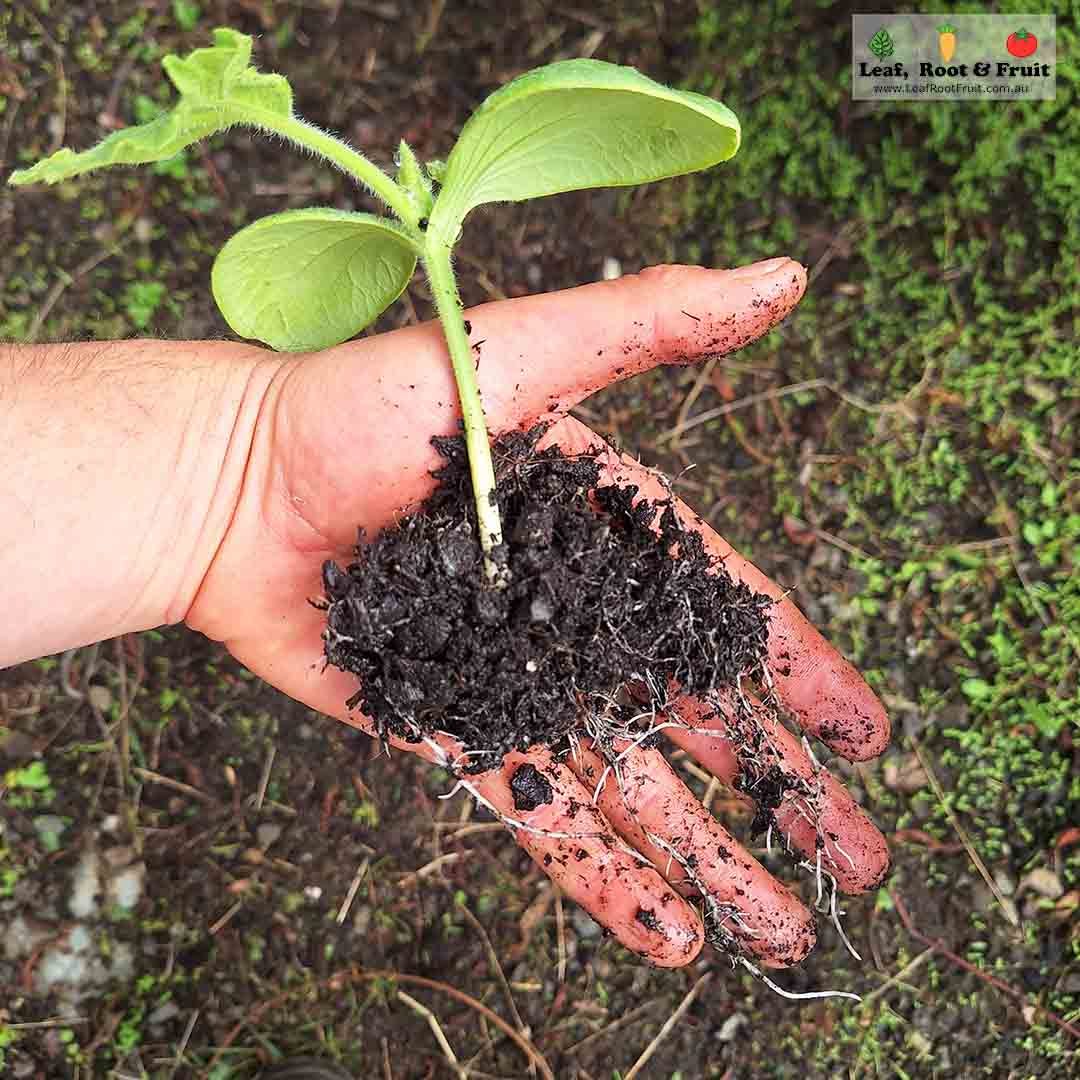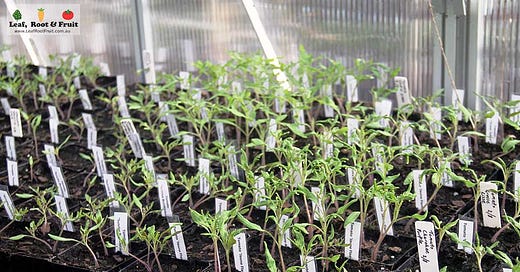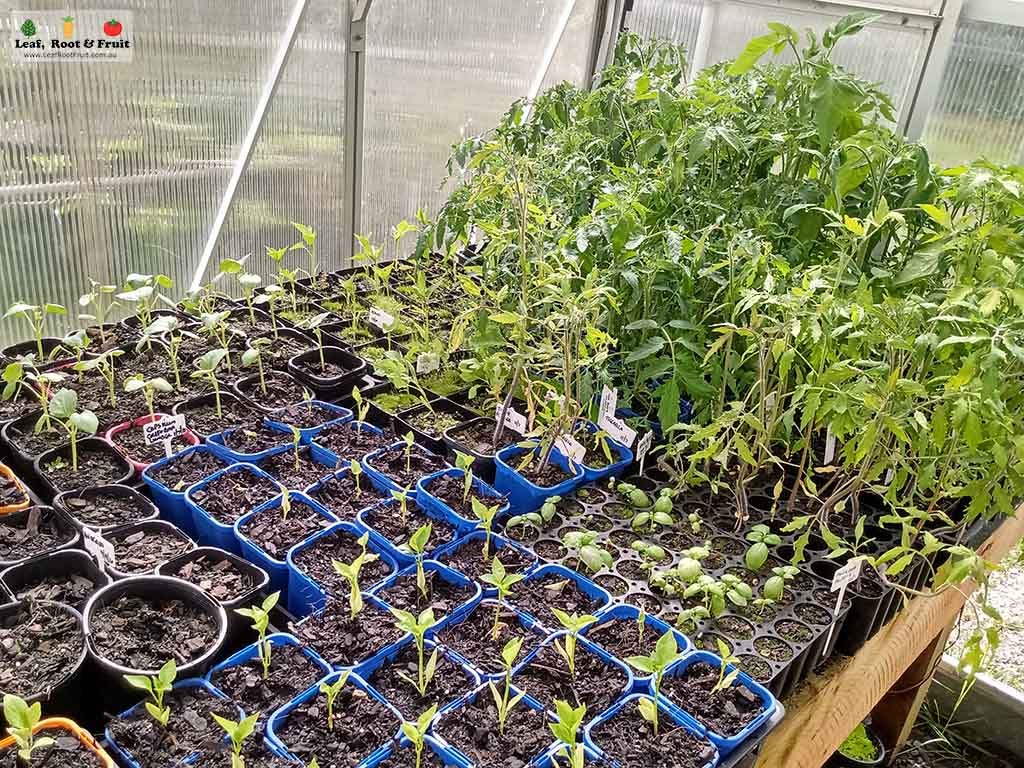Making an Early Start to Extend the Growing Season
Part Fourteen of the Vegetable Patch from Scratch Series
We all become a little excited as spring approaches. I’m always eager to get back to the abundance that the vegetable patch can provide in summer.
That enthusiasm can quickly bring our best-laid plans undone. Planting seedlings into cool soil can lead to stagnant growth, pest attack, disease and frost damage. Timing of planting is critical to success.
Sometimes we can push the boundaries to make the most out of our season. Here are a few tips to help you make an early start so you can enjoy your fresh and tasty produce that little bit earlier in the season.
What vegetables can you start early?
Many vegetables, including carrots, sweet corn and beans, dislike being transplanted. I find they are better sown directly into the soil when it has warmed up. However, there are ways to sow them directly a little earlier than you might normally attempt (more on that in the next post).
Cucurbits, such as pumpkins, cucumbers and watermelon, can all be started early in pots. However, they grow so quickly that I don’t usually bother. They quickly become pot bound and stressed. I’ve noticed that stressed cucurbit seedlings tend to produce mostly male flowers for the first month of flowering. Starting pumpkins early in a greenhouse gives only a week or two head start. I don’t normally bother to do this as the risk of stressed seedlings is too high.

Often, I will sow a small crop (five plants) of cucumbers in 14 cm pots and start them in the greenhouse. This enables them to grow without becoming too stressed. A fortnight after transplanting this first crop, I usually sow a second crop of cucumbers directly into the soil. Often this second crop is much healthier. The second crop often produces fruit earlier than the first crop and over a much longer period of time. Some years the early crop is unaffected, but in other years, the early start hinders them.
Summer vegetables such as tomatoes, capsicums and eggplants are great candidates to start early. All these plants take a long time to grow to a stage where they can flower and set fruit. It is these three vegetables that I spend most of my time attempting an early start with.
I also sow my basil seed in pots to make an early start in the greenhouse. Occasionally I’ll also start plants such as cucamelons this way.
For everything else, I wait until the soil has warmed up and plant directly into the soil.
How early can an early start be?
As mentioned in a previous post, I use phenology to help me work out the best time to sow my seeds. Regardless of whether I’m gardening in Melbourne or Kyneton, the timing of sowing those seeds is roughly the same. However, the timing of transplant out into the garden differs greatly.
Here’s my rough guide to when I sow my various seeds into pots and place them into the greenhouse to make an early start. Regardless of whether you are gardening in Melbourne, Kyneton or any other temperate climate location, these seeds will need to be placed in a greenhouse or other protection.
I give more specific advice about timing of planting (for both warm and cool-temperate climates) in the How to Grow Guide that I’m writing for each vegetable. Read them all here.





